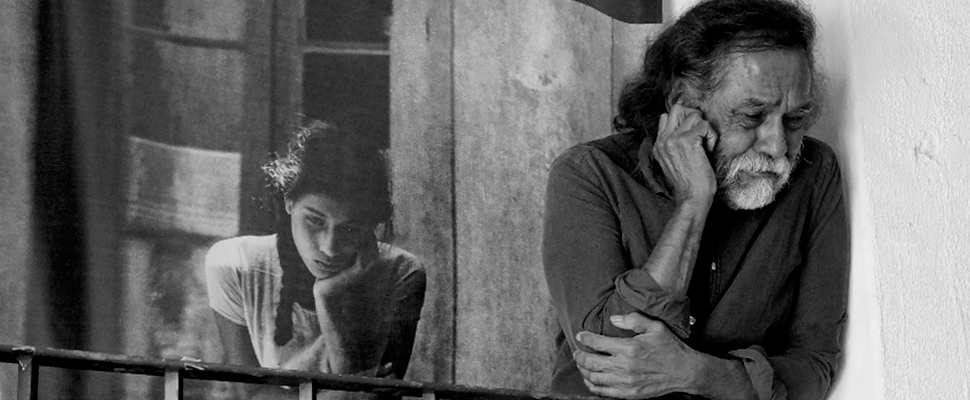Francisco Toledo, the irreverent Mexican plastic artist dies
Francisco Toledo, who shook up the 1960s Mexican art scene, died at 79

Reuters | Anthony Esposito
Listen to this article
Francisco Toledo, who shook up the 1960s Mexican art scene with his fresh approach to painting, sculpting, printing, tapestry weaving and preserving the cultural heritage that inspired him, died on Thursday. He was 79.
"The art world is mourning," Mexican President Andres Manuel Lopez Obrador said on Twitter.
El arte está de luto. Ha fallecido el maestro Francisco Toledo, oaxaqueño, gran pintor y extraordinario promotor cultural, auténtico defensor de la naturaleza, las costumbres y las tradiciones de nuestro pueblo. Descanse en paz.
— Andrés Manuel (@lopezobrador_) 6 de septiembre de 2019
"The master Francisco Toledo, Oaxacan, incredible painter and extraordinary cultural promoter, a true defender of nature, customs and traditions of our people, has passed away. Rest in peace."
Toledo's work, full of monkeys, insects and skeletons in earthy tones, reflected his indigenous background and love of nature.
It also marked a departure from the muralists who were heavily inspired by civil conflicts that dominated the scene for most of the first half of the 20th century.
Also read: Megan Maxwell and the power of women
With his messy hair, scruffy clothes and penchant for huaraches, or leather sandals, Toledo was a fierce defender of the culture of his home state, Oaxaca, the heartland of the indigenous Zapotec people.
In 2005, Toledo was awarded the Right Livelihood Award, also known as Sweden's alternative Nobel prize, "for devoting himself and his art to the protection and enhancement of the heritage, environment and community life of his native Oaxaca."
Auction house Christie's said on its website that it sold one of Toledo's pieces, created in 1975 and titled "Tortuga poniendo huevos", Spanish for "Turtle laying eggs", for just over $1.0 million.





